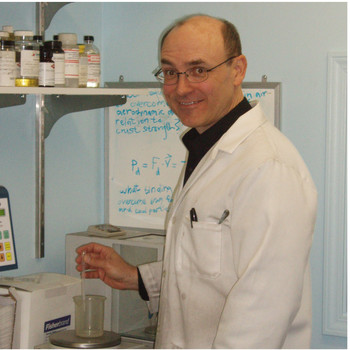Question #fbab1
1 Answer
O.K., this question can cause confusion unless you start with a plan. The problem is that there is a lot of information and unless you start out with organizing it, you can very easily end up not knowing what to do with it all.
So the first thing we are going to do is write down what we know and what we want to know.
Know:
Volume = 26.7 liters
Temperature = 309 K (wow! The author of this question is being nice--usually you have to convert from Celsius or Farenheit!)
Amount of oxygen = 45.8 grams
Want to know: Pressure
So now we have to identify a gas law that relates all these quantities. Charles' Law, Boyles' Law, and the Combined Gas Law do not account for amount of gas. Avogadro's Law relates Volume to amount of gas, but does not account for Temperature. We therefore have to go to the Ideal Gas Law:
Since we are looking for Pressure, we will re-arrange the equation (by dividing by Volume on both sides:
Great! Now we need to figure out n, the number of moles of gas. You've probably already done that, but let me spell it out here just for completeness:
R is the gas constant and for equations where we are working in liters and atmospheres is
Now all we do is plug in the values and we should get out answer in atmospheres:
The key to solving these problems is:
First: write down what you know and what you don't know.
Second: Find an equation that relates all the things you know and don't know.
Third: re-arrange the equation to give you want you want on one side and what you know on the other side.
Fourth: Make any conversions (grams to moles, Celcius to Kelvin, torr to atmospheres, etc).
Finally: plug in your numbers and round off the answer to the right number of significant figures.
Got it? Great! Now go try a similar problem!

